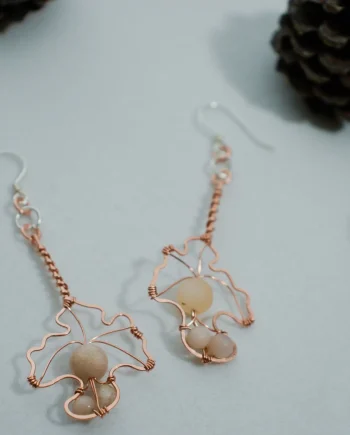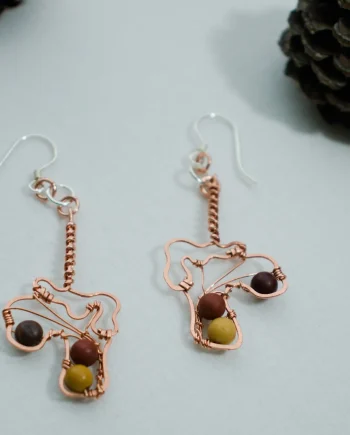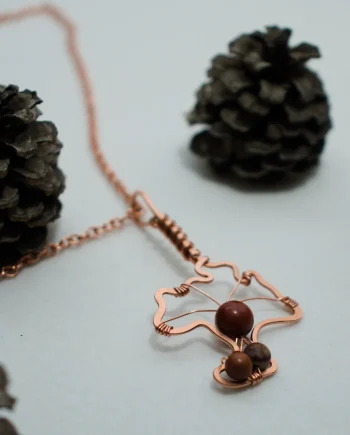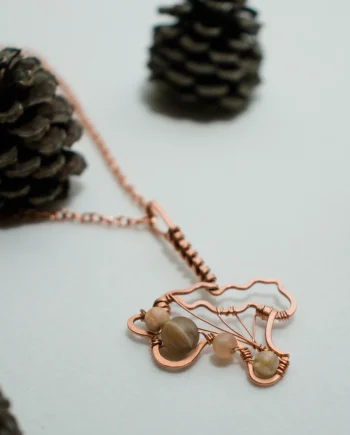
Cantharellus, Craterellus, Gomphus, Polyozellus
Chanterelle
Other mushrooms in the series:
Introducing the Chanterelle
Another familiar favourite for foraging fungophiles, the Chanterelle’s brilliant yellow, orange, or white colouring and distinctive, fan-like shape brings a smile to those fortunate to find them.
It has a long growing season, and its golden colour makes it pop out from its earthly surroundings, as if to say, “Hey, pick me!”
They have a fruity aroma, like apricots or pumpkins, and often have a mildly peppery taste. Favourite methods of preparation are sauteed, or as a cream of Chanterelle soup.
The Chanterelle has proven difficult to cultivate, and foraging is currently the only method of supply.
In the Wild
Chanterelles are common in Europe, Asia, North and Central America, and Africa.
They live in the woods and are saprophytic (living off of dead organic material) or mycorrhizal (forming relationships with the roots of trees).
Chanterelles highlight the difficulty of classifying the natural world, especially fungus. According to my copy of Mushrooms Demystified by David Arora, Cantharellus cibarius, commonly known as Chanterelle, applied to the species found in Europe and also North America.
However, in 1997 and 2003, C. cibarius was excluded by DNA analysis to only refer to the species in Europe, the North American species divided into four:
- C. formosus; the most important commercially harvested species of Chanterelle in the Pacific Northwest. It has been designated Oregon’s state mushroom due to its economic significance. Every year 5 million pounds of Chanterelles are wild harvested and exported to Germany. Mycorrhizal association with Douglas Fir and Western Hemlock.
- C. californicus; similar to C. formosus and C. cibarius, except for its immense size – some have been found as larger than 1kg, the largest known species of Chanterelle. Mycorrhizal association with oaks.
- C. cascadensis; Named after the Cascade Range in 2003.
- C. roseocanus
David Arora also recommends the Horn of Plenty (Craterellus cornocopioides).
“One of my fifteen ‘five favorite flavorful fleshy fungal fructifications.’” – David Arora
It is trickier to find, according to David, as they are more brown to black and thus blend in with its surroundings more – but have a superior flavour.
Other mushrooms in the series:
Useful Links:
*These links include affiliate links, for which I may receive a small amount at no extra cost to you.
- Mushrooms Demystified – David Arora (A hefty, not that portable, extensive mushroom identification book)
- All That the Rain Promises and More – David Arora (A lighter, more portable basic mushroom identification book)
- Mycelium Running: How Mushrooms Can Help Save the World – Paul Stamets (An interesting read on the potential role of mushrooms in remediation)




